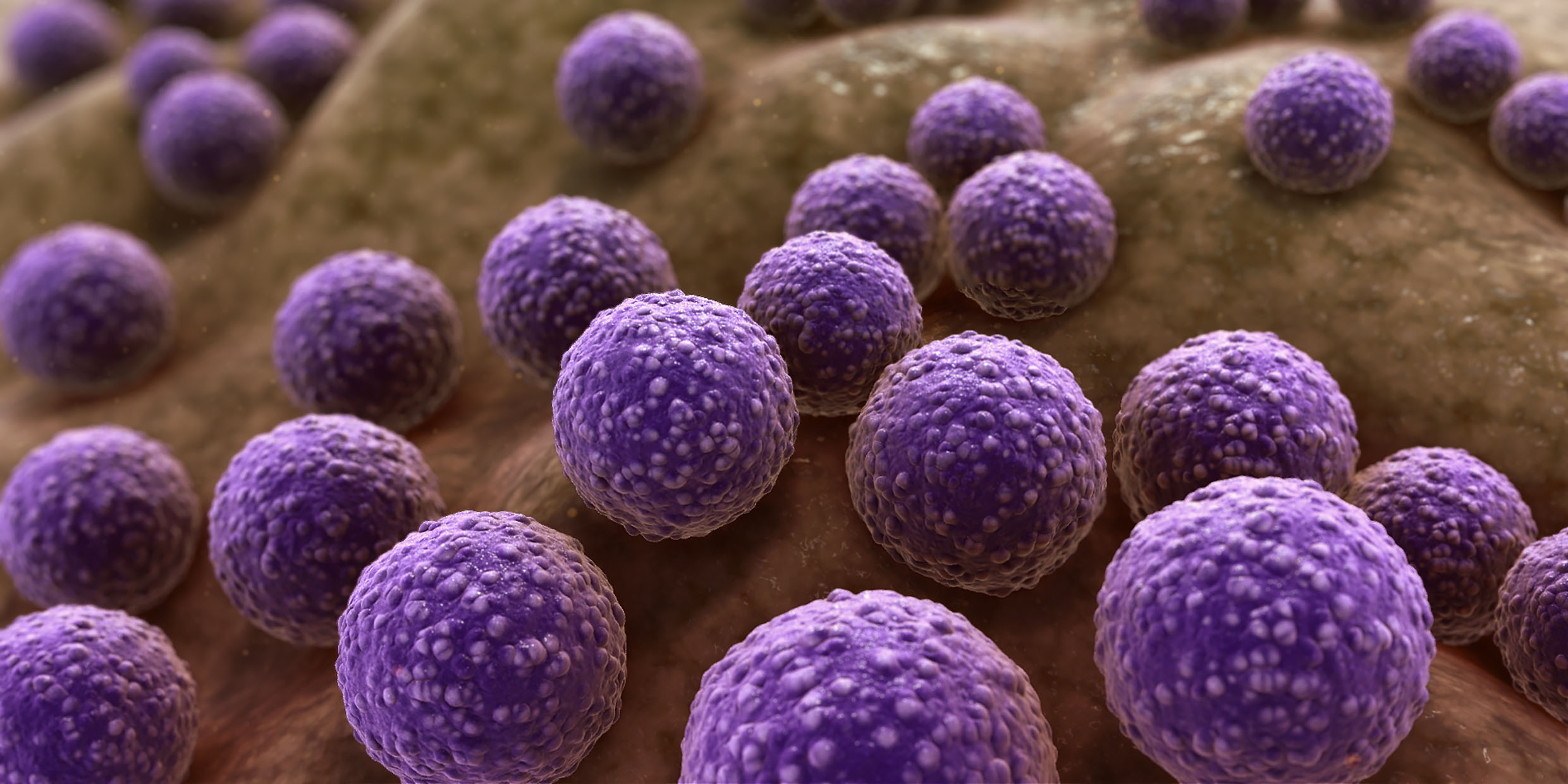Originally published 16 May 1994
“In crossing a heath, suppose I pitched my foot against a stone…”
So begins William’s Paley’s Natural Theology, first published in Britain in 1802, a book that helped define for Victorians the debate between evolutionists and creationists.
How did the stone come to be on the heath? asks Paley. A reasonable answer is that it has always been there. But what if the thing found upon the ground were a watch? No one, says Paley, would suppose that the timepiece had an origin other than conscious design.
If a watch presupposes a maker, how much more so living creatures. Could chance have contrived the exquisite optics of the human eye? asks Paley. The pouch of the opossum? The tongue of the woodpecker? The fang of the viper? Each of these organs is admirably suited to its purpose. They are as evidently products of design as the gears, springs and escapement of the watch.
There cannot be design without a Designer, he concludes, nor order without conscious choice.
Paley’s argument still had currency when I was in school. It is absurd, said my teachers, to imagine that the marvelous complexity of living things evolved by chance. As well believe that the watch found on the heath was caused by the jiggling together of grains of sand.
Curiously, Charles Darwin was himself impressed by Paley’s book. He was struck by the many examples, compiled by Paley, of organs adapted to purpose — but he came to a rather different conclusion.
For Darwin, the apparent perfection of creatures results from law, not conscious design. Random variations and natural selection are enough to explain the opossum’s pouch and the woodpecker’s tongue. Even the sheen of a beetle’s back or the flamboyance of a butterfly’s wing can be accounted for by sexual selection.
Lest anyone doubt the ability of natural selection to contrive useful novelty, we have the currently important example of disease-causing bacteria that have become resistant to antibiotics.
For several years, medical researchers have been observing an alarming trend. Many pathogenic microbes are becoming resistant to the “miracle drugs” that formerly kept them in check. This includes the bacteria that cause such infectious diseases as tuberculosis and pneumonia.
We are on the verge of a “medical disaster” that would return us to the pre-penicillin days when a nick with a razor might be fatal, warns microbiologist Alexander Tomasz of Rockefeller University. In a [1994] issue of Science devoted to this trend, science writer John Travis says, “Given enough time, it seems, these wily microbes will learn to chew up, spit out, or shield themselves from any drug.”
A single-cell microbe can thwart the action of antibiotics in several ways: by changing the cell wall to prevent the drugs from getting in; by pumping drugs out of the cell; by producing enzymes that destroy or inactivate the drugs; or by substituting for the proteins within the cell that are targeted by drugs.
Writes Travis: “When one strain of bacteria learns a new resistance strategy, it’s not shy about sharing it with others, an ability that’s played a crucial role in the rapid spread of antibiotic resistance.”
Words like “strategy,” “wily,” “learn,” “shy,” and “share” suggest microbes sitting around in committee planning ways to outwit physicians. Of course, such language is metaphorical. Bacteria don’t plan. Changes in their chemistry are entirely the result of Darwinian natural selection, and they share evolved strategies by exchanging genes.
Variations that enhance survival in a hostile environment are propagated through offspring. The widespread use — perhaps overuse — of antibiotic drugs has made the environment of pathogenic microbes decidedly more dangerous. Their evolutionary response to environmental change is hastened by their short life cycle — 20 minutes or so.
One year of human life represents thousands of generations of bacteria. Conversely, a year of bacterial evolution is equivalent to a million years of human evolution. Think of how far humans have come in a million years. We should not be surprised at the quickly-evolved drug resistance of bacteria.
In imitation of William Paley, British biologist Richard Dawkins refers to the creative power of evolution as “the blind watchmaker,” meaning that evolution is neither purposeful or conscious. Dawkins has programed computers to mimic evolution by generating novel, even beautiful, cyber-lifeforms in response to random mutations and selection. What he puts into computers would seem to be built into nature from the beginning.
That evolution occurs and that it can be observed is undeniable. Bacteria evolve before our eyes and the drug makers are having a hard time keeping up. Whether we call the creative force of evolution sighted or blind seems to me a matter of quibbling within the metaphorical limits of human understanding.
Antibiotic-resistant bacteria and the human brain are equally products of the prodigious potentialities of life. Theists and atheists can surely agree that the result of all this “watchmaking” is reason enough for reverence.



